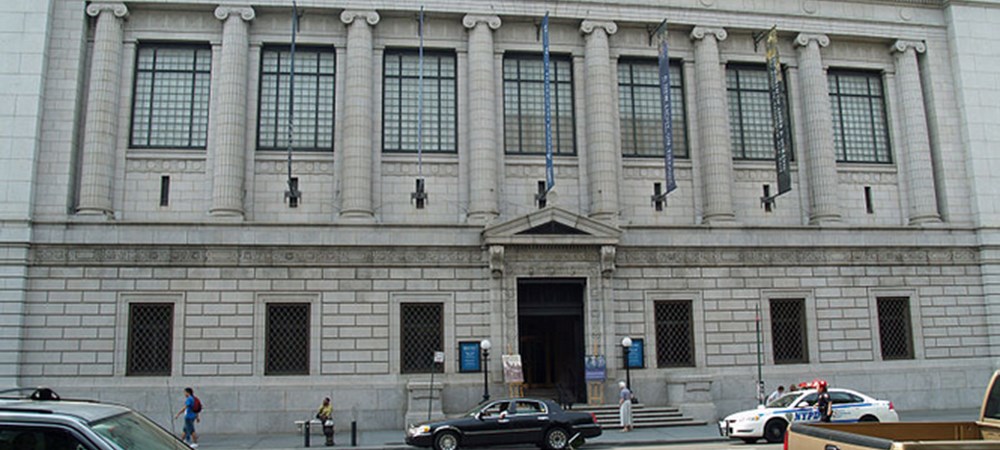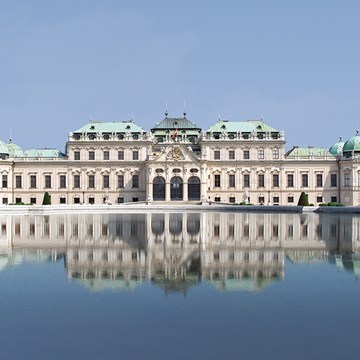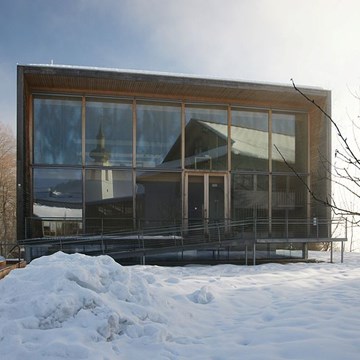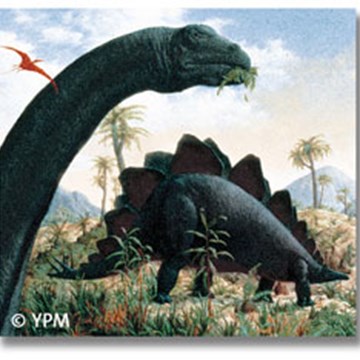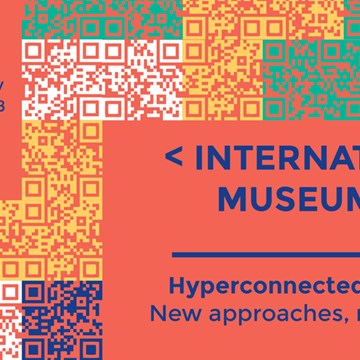New-York Historical Society
The New-York Historical Society is an American organization located in New York City and dedicated to the preservation of the city's history. The society operates a museum and library at its current headquarters in Manhattan at the corner of 77th Street and Central Park West. It also operates many public educational programs.
The New-York Historical Society, an educational and research institution, presents exhibitions, public programs and conducts research on history and its influence on the world of today. Founded in 1804, its mission is to explore the history of New York City and State and the country, and serve as a national forum for the debate and examination of issues surrounding the making and meaning of history. The museum houses four centuries of history, artifacts, and art that tell the story of America through the eyes of New York. The building also houses an extensive research library containing four centuries worth of manuscripts, newspapers, and other documents. "The presence of such a great historical society library in a building ideal for mounting fine exhibits greatly enhances the cultural richness of New York City" said Joyce Appleby a professor of History at UCLA.
The Society uses an archaic spelling of the name New York. Hyphenating the city's name was common in the 19th century when the Society was founded.
The Society holds a collection of historical artifacts, American art, and other materials documenting the history of the United States and New York, and is home to both an independent research library and New York City’s oldest museum. The Society’s “vast collection” includes more than 4.5 million American history-related documents, paintings, artifacts, and ephemera. Including: a collection of materials relating to slavery, the Civil War, and reconstruction; all 435 of John James Audubon's known extant watercolors preparatory for Birds of America; a collection of 18th century newspapers; Hudson River School paintings; holdings revealing the social dimensions of early trial history in the United States; the largest known collection of Tiffany lamps ; and far-ranging materials relating to the founding and early history of the nation. In addition, the Society also holds paintings and decorative arts relating to New York's earliest families, including the Beekmans, the Roosevelts, the Rapeljes and others. In its collection is "The Rapalje Children" painted by John Durand in 1768 and generally considered to be one of the finest examples of colonial painting in America. In praise of The Henry Luce III Center for the Study of American Culture, University of Houston Professor Steven Mintz remarked that the center is “an incredible fount of visual resources… (and) invaluable in teaching the history of children and families and of private life." The society also holds an important collection of paintings and drawings by marine artist James Bard.
Text source: http://en.wikipedia.org/wiki/New-York_Historical_Society
Photo source: http://commons.wikimedia.org/wiki/File:170_Central_Park_West_(New_York_Historical_Society)_by_David_Shankbone.jpg
Exhibitions and events
We don't have anything to show you here.
Educational programs
We don't have anything to show you here.
Collections
We don't have anything to show you here.
